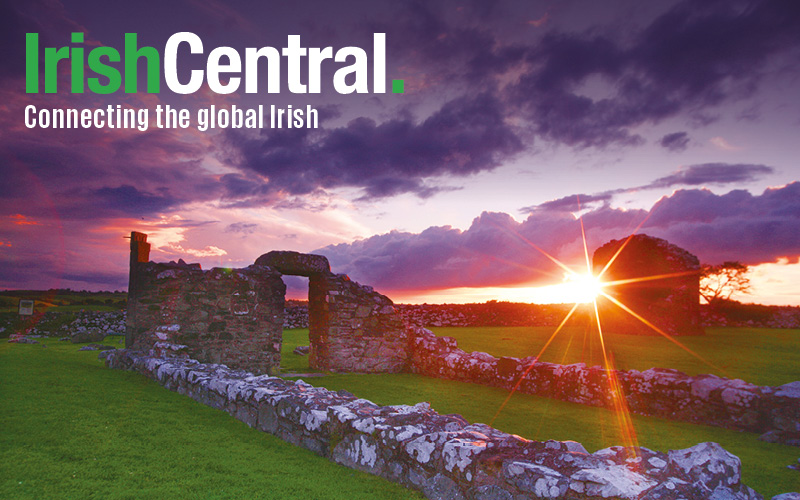Findmypast is working in partnership with IrishCentral to share fascinating insights into your Irish ancestors. Click here to get a special half price subscription, and discover your Irish roots today!
The French Imperial Eagle was the emblem of the Grande Armée of Napoleon I, and during the Peninsular War of 1808-1814 and the Battle of Waterloo, the capture of an eagle by enemy troops was a massive blow to any regiment. In fact, the Wikipedia entry for the Imperial Eagle is dominated by instances of them being captured, showing the significance of such an occurrence.
In the instance of the Battle of Barrosa, in 1811, the British captured their first ever eagle. The captor was an Irish Sergeant of the 87th (Royal Irish Fusiliers) Regiment of Foot. Looking at the history of the battle, you can discover this Irish hero in Findmypast’s newspapers and records.
The city of Cadiz had been under siege by French forces since early 1810, and the Spanish Regency in charge of the besieged city appealed to the Duke of Wellington to send reinforcements. Wellington acquiesced, bolstering the Spanish troops at Cadiz with reinforcements that, by May 1810, the defending garrison numbered 26,000.
In January, 1811, Marshal Victor, the commander of the French besiegers suffered a blow from his own side, when 10,000 of his troops were recalled to serve elsewhere. Victor now had a crisis on his hands. He had too few men to engage the defenders in open conflict, but if he were to lift the siege of Cadiz, the garrison was large enough to dominate the entire region.
Marshal Victor
Seizing this opportunity, the Allies divided their resources, sending almost half of their troops to attack the French from the rear. Following a series of obstacles in the journey from Cadiz to Tarifa, made in order to execute the attack, the Allied force’s progress was two days behind schedule. Victor had been informed of their intentions, and was lying in wait.
A mile away from Barossa, the Allied advance halted. The French attacked shortly afterwards, taking Barossa Ridge unopposed as Allied troops and cavalry capitulated and retreated in their path without a fight. They rallied, fighting a dogged defence against French troops, then advancing once again up Barossa Ridge.
The topography of the Ridge allowed the French to bring their artillery to bear, and the Allied troops ascending suffered horrible losses. Another Allied advance, using the Ridge as cover, reached the top and despite being disorganised was able to see off overwhelming French numbers not once, but twice, with the second attack being stopped mere metres from the Allied lines. The French came under fire from the severely depleted initial wave of Allied attackers and broke, retreating.
Managing to catch the remaining French unawares, Allied troops attacked in the woods at the base of the Ridge. A series of errors from the French – believing they were being attacked by cavalry, believing they were facing a superior force – meant that their defence was rapidly disassembled, with retreat following shortly afterwards.
Morning Post – Thursday 03 August 1815
Amidst the melee was the 8th Ligne, a part of a French column that had lost almost half its number. The 8th were in heated battle with the 87th (Royal Irish Fusiliers) Regiment of Foot. In the chaos, the French Eagle of the 8th Ligne was taken up by Ensign Edward Keogh, who was immediately shot through the heart. In the fight for the Eagle, seven French troops were killed, before Irish Sergeant Patrick Masterson scooped it up, raised it to the heavens and shouted ‘By Jaysus, Boys! I have the cuckoo!’
Oxford Journal – Saturday 20 April 1811
He would be the first soldier fighting for the British to capture the Eagle in the Peninsular War, and the promotion he received for his troubles is documented here, in Findmypast’s newspaper archive.
For more stories on tracing your Irish heritage from Findmypast click here.




Comments